
Bloomreach
Founded Year
2009Stage
Line of Credit | AliveTotal Raised
$452MValuation
$0000Last Raised
$30M | 3 yrs agoRevenue
$0000Mosaic Score The Mosaic Score is an algorithm that measures the overall financial health and market potential of private companies.
-38 points in the past 30 days
About Bloomreach
Bloomreach specializes in e-commerce personalization and operates within the digital marketing and technology sector. The company offers a suite of products designed to unify customer and product data for businesses to tailor their marketing efforts across various channels. Bloomreach's solutions include multichannel marketing automation, merchandising, and conversational shopping assistants. It was founded in 2009 and is based in Mountain View, California.
Loading...
Bloomreach's Product Videos
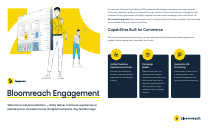
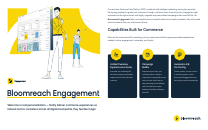
ESPs containing Bloomreach
The ESP matrix leverages data and analyst insight to identify and rank leading companies in a given technology landscape.
The AI shopping agents market provides AI-powered tools that enhance the online shopping experience through personalized product recommendations, visual search, and virtual shopping guidance. These solutions use machine learning and natural language processing to understand customer preferences, analyze browsing behavior, and suggest relevant products in real time. Features include conversational …
Bloomreach named as Leader among 11 other companies, including Rezolve AI, Constructor, and Capacity.
Bloomreach's Products & Differentiators
Bloomreach Engagement
Bloomreach Engagement is a real-time Customer Data Platform (CDP) with intelligent marketing automation. It offers the tools essential for reaching top customers with hyper-personalized experiences, helping businesses to drive engagement, conversion, and loyalty. As a single platform that combines the power of a customer data platform, an email service provider, artificial intelligence, marketing automation, and web personalization, Bloomreach Engagement empowers users to create highly targeted and personalized campaigns that drive revenue. It allows them to remove data silos and unify customer data from any source into 360° customer profiles, then use this data to launch personalized campaigns in real-time through Bloomreach Engagement built-in-channels.
Loading...
Research containing Bloomreach
Get data-driven expert analysis from the CB Insights Intelligence Unit.
CB Insights Intelligence Analysts have mentioned Bloomreach in 7 CB Insights research briefs, most recently on Nov 3, 2025.
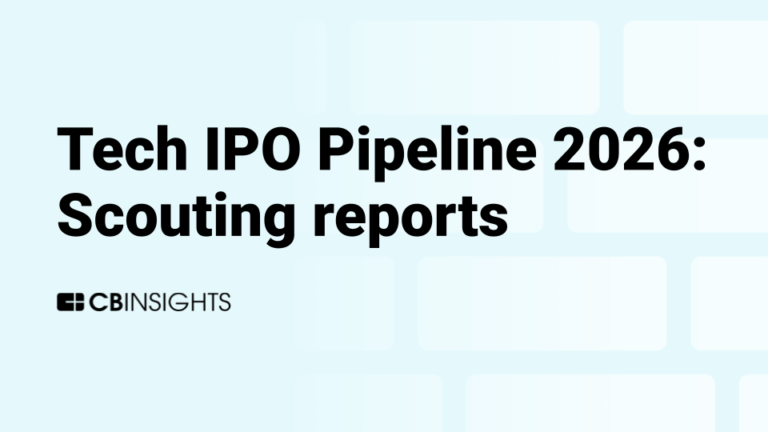
Nov 3, 2025 report
Tech IPO Pipeline 2026: Book of Scouting Reports
Oct 17, 2024
The generative AI for e-commerce market map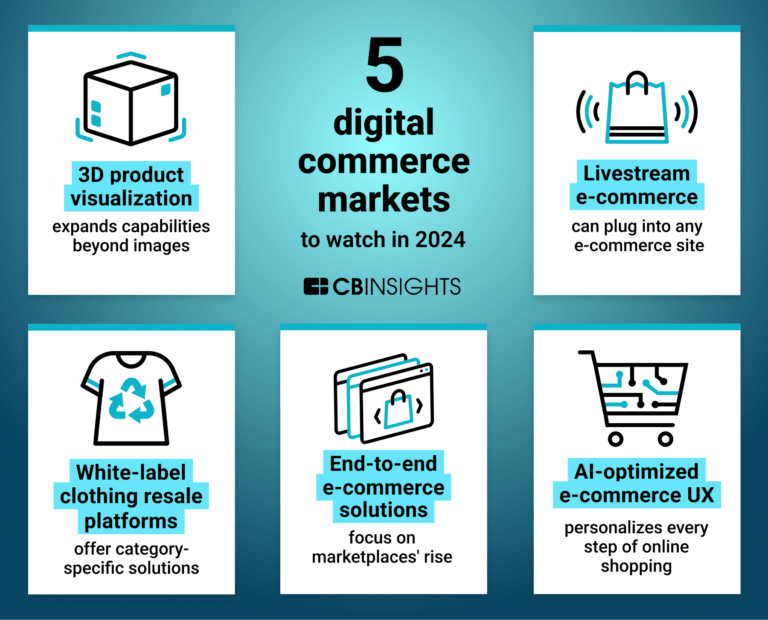
Feb 22, 2024
5 digital commerce markets gaining momentum in 2024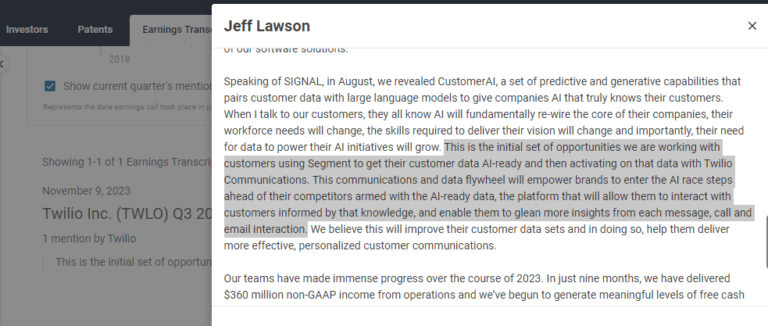
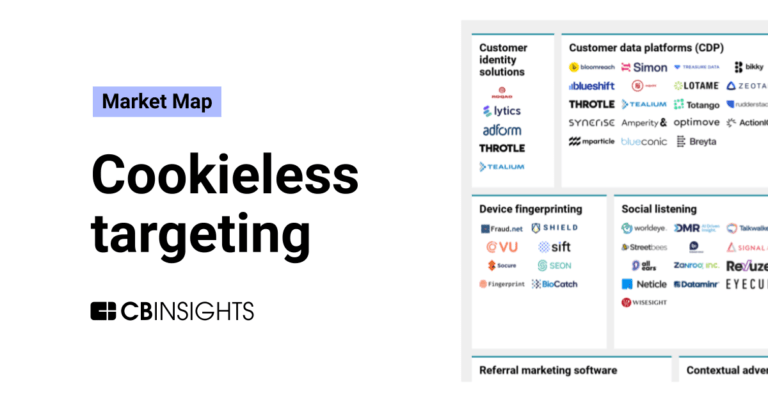
Aug 14, 2023
The cookieless targeting market map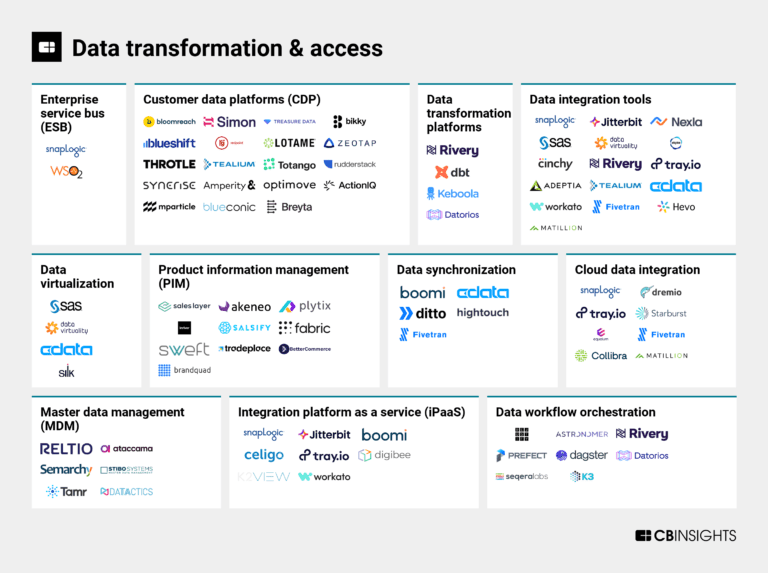
Aug 4, 2023
The data transformation & access market mapExpert Collections containing Bloomreach
Expert Collections are analyst-curated lists that highlight the companies you need to know in the most important technology spaces.
Bloomreach is included in 16 Expert Collections, including E-Commerce.
E-Commerce
11,641 items
Companies that sell goods online (B2C), or enable the selling of goods online via tech solutions (B2B).
Unicorns- Billion Dollar Startups
1,309 items
Grocery Retail Tech
831 items
Startups providing B2B solutions to grocery businesses to improve their store and omni-channel performance. Includes customer analytics platforms, in-store robots, predictive inventory management systems, online enablement for grocers and consumables retailers, and more.
Tech IPO Pipeline
286 items
Market Research & Consumer Insights
734 items
This collection is comprised of companies using tech to better identify emerging trends and improve product development. It also includes companies helping brands and retailers conduct market research to learn about target shoppers, like their preferences, habits, and behaviors.
Ad Tech
4,236 items
Companies offering tech-enabled marketing and advertising services.
Bloomreach Patents
Bloomreach has filed 34 patents.
The 3 most popular patent topics include:
- artificial intelligence
- artificial neural networks
- fuzzy logic

Application Date | Grant Date | Title | Related Topics | Status |
|---|---|---|---|---|
3/12/2015 | 8/24/2021 | Internet terminology, Diagrams, Search engine optimization, Search algorithms, Phablets | Grant |
Application Date | 3/12/2015 |
|---|---|
Grant Date | 8/24/2021 |
Title | |
Related Topics | Internet terminology, Diagrams, Search engine optimization, Search algorithms, Phablets |
Status | Grant |
Latest Bloomreach News
Oct 28, 2025
Transforming digital experiences doesn’t always require starting from scratch. In fact, some of the most effective innovations begin at the edges where user interaction is most frequent and impact is most immediate. Photo: Adobe Stock In the digital commerce landscape, personalization is more than a buzzword; it's a fundamental expectation. Yet for many platforms, delivering tailored experiences has been hindered by outdated systems and rigid infrastructures. Traditional storefronts often presented the same static content to every visitor, regardless of individual preferences or context. This is changing. New approaches demonstrate that it's possible to bring intelligent, adaptive personalization into even the most entrenched systems without a complete overhaul. Evolving without rebuilding Many e-commerce systems are still built on monolithic architectures, where even minor updates involve considerable effort. These tightly coupled platforms often require coordination across multiple teams, leading to long development cycles and limited agility. But full replatforming isn't always necessary. By introducing modular enhancements through SaaS-based tools particularly at the search and browse layer retailers can start modernizing where it matters most. These layers offer flexibility and touch every customer interaction, making them ideal candidates for impactful transformation. Pinpointing the right starting point The shift began with a clear problem: shoppers struggled to find products relevant to them, and internal teams lacked the tools to adapt quickly. Bounce rates increased, and conversions flatlined. The legacy system made personalization impractical, but standing still was no longer an option. Search and browse became the natural place to begin. These functions shaped the customer journey and critically ran independently of the rest of the platform over standard HTTP. This separation created the opportunity to layer in smarter features without disrupting core systems. Integration without disruption The technical approach was surgical, not sweeping. Deep platform knowledge enabled the team to move with speed and precision. Instead of rewriting the entire front end, developers added new Java handlers that processed responses from the SaaS personalization engine. These responses were formatted to work with existing JSP templates, ensuring a seamless integration. A key innovation was adding location awareness. By geolocating the shopper's zip code and identifying nearby stores, the system could display only products available for pickup or delivery in the customer's area. The result: a dramatically improved experience that felt more immediate, useful, and relevant without any added complexity for the shopper. Rethinking testing in a legacy world Without access to modern A/B testing tools, the team devised a creative workaround. By injecting custom headers via the content delivery network, they served the new experience to a portion of users while maintaining the legacy version for others. This low friction testing method allowed for controlled experimentation and gradual rollout all without touching core platform logic. It wasn't just a clever test; it was a model for iterative innovation in constrained environments. Impact that echoed beyond the front end Results were quick and measurable. Shoppers engaged more deeply with the site, used filters more effectively, and added more items to their carts. Location-based availability created clarity and trust, helping customers focus on what they could actually get right now and nearby. On the backend, teams experienced new freedom. Merchandisers could experiment without relying on engineering releases. Engineers, in turn, were freed from minor updates and could focus on strategic improvements. Most importantly, the system remained stable, fast, and ready for further evolution. What retailers can learn from this Even in the most rigid environments, thoughtful innovation is still possible. This transformation highlights a few lessons other retailers can apply, especially those facing similar architectural and resourcing constraints. Start with what touches the customer: search and browse. Use SaaS tools to test new experiences without full replatforming. Add location awareness to build trust and reduce friction. Embrace incremental rollout strategies to reduce risk and gain early feedback. 3 questions to ask before you integrate SaaS personalization Can parts of your platform be safely decoupled or interfaced over APIs? Where are customers facing the most friction in finding relevant products? Do you have a way to measure the impact of changes, even without formal A/B testing? Rethinking what's possible This transformation offers a clear message: personalization doesn't have to be a massive undertaking. Even in rigid, legacy environments, well-placed SaaS integrations can deliver powerful results. It's about working with the platform, not against it, leveraging what's already there and building around the edges. The success stemmed from collaboration, platform knowledge, and a clear focus on user experience. By starting with search and browse, teams gained fast feedback and laid the groundwork for deeper innovation later. Conclusion Transforming digital experiences doesn't always require starting from scratch. In fact, some of the most effective innovations begin at the edges where user interaction is most frequent and impact is most immediate. This story shows how thoughtful SaaS-based personalization can breathe new life into legacy systems without the burden of a full rebuild. By focusing on search and browse, and introducing intelligent, location-aware responses, the platform became more useful and intuitive for shoppers while giving internal teams the freedom to test, iterate, and move faster. The future of digital retail isn't driven by massive overhauls, but by strategic enhancements that respect existing foundations. With the right mindset and tools, any system no matter how old can be transformed into something smarter, more flexible, and more human. About Bhargav Trivedi Bhargav Trivedi is a seasoned Solutions Architect with over 14 years of experience driving enterprise-scale digital transformations, cloud migrations, and AI-powered commerce strategies for leading retail brands. A certified AWS professional with a management certification from Yale University, he has led cross-functional Agile teams and spearheaded key initiatives in omnichannel integration, personalization, and platform performance. Bhargav currently leads architecture efforts at Bloomreach, focusing on AI-driven product discovery and ROI-aligned solutions. Connect with Bhargav:
Bloomreach Frequently Asked Questions (FAQ)
When was Bloomreach founded?
Bloomreach was founded in 2009.
Where is Bloomreach's headquarters?
Bloomreach's headquarters is located at 700 East El Camino Real, Mountain View.
What is Bloomreach's latest funding round?
Bloomreach's latest funding round is Line of Credit.
How much did Bloomreach raise?
Bloomreach raised a total of $452M.
Who are the investors of Bloomreach?
Investors of Bloomreach include J.P. Morgan, Bain Capital Ventures, Sixth Street Growth, Goldman Sachs Asset Management, Lightspeed Venture Partners and 11 more.
Who are Bloomreach's competitors?
Competitors of Bloomreach include Big Sur AI, Optimizely, Kentico Software, Fresh Relevance, Monetate and 7 more.
What products does Bloomreach offer?
Bloomreach's products include Bloomreach Engagement and 2 more.
Who are Bloomreach's customers?
Customers of Bloomreach include Ted Baker and Saint-Gobain, UK & Ireland.
Loading...
Compare Bloomreach to Competitors

Sitecore develops digital experience software. The company offers a software-as-a-service (SaaS)-enabled, composable platform that enables brands to deliver customer interactions. It was founded in 2001 and is based in San Francisco, California.

Optimizely operates in the marketing technology sector and provides tools for content management, marketing, experimentation, commerce, and personalization. It serves various sectors, including ecommerce and business to business (B2B) digital transformation, by offering insights and automation to improve customer engagement and business outcomes. Optimizely was formerly known as Episerver. It was founded in 1994 and is based in New York, New York.

Algolia operates as an end-to-end artificial intelligence (AI) search and discovery platform in the technology sector. It offers a suite of search solutions that leverage natural language processing and vector search technology to deliver relevant search experiences across web, mobile, and voice-enabled devices. Algolia primarily serves sectors such as retail, e-commerce, business-to-business (B2B) electronic commerce, marketplaces, media, and Software as a Service(SaaS). It was founded in 2012 and is based in Palo Alto, California.

Acquia focuses on providing a digital experience platform. The company offers a range of services, including hosting, content management, marketing automation, customer data management, and brand management. It primarily serves various sectors, including healthcare, government, retail, financial services, education, and the media and entertainment industry. It was founded in 2007 and is based in Boston, Massachusetts.
Gobots specializes in artificial intelligence (AI) solutions for the e-commerce sector, aiming to enhance sales and performance on marketplaces. The company offers a suite of services that automate customer service, optimize sales processes, and provide analytics for marketplace operations. Gobots primarily serves online retailers looking to improve their marketplace presence and efficiency. It was founded in 2016 and is based in Sao Paulo, Brazil.

Prefixbox provides AI-powered site search solutions for the e-commerce industry. The company offers products including personalized search, rich autocomplete, and search analytics. Prefixbox serves enterprise retailers across sectors such as fashion, DIY, FMCG, consumer electronics, health and beauty, and pharmacy. It was founded in 2014 and is based in Budapest, Hungary.
Loading...

